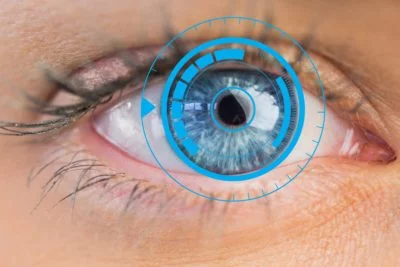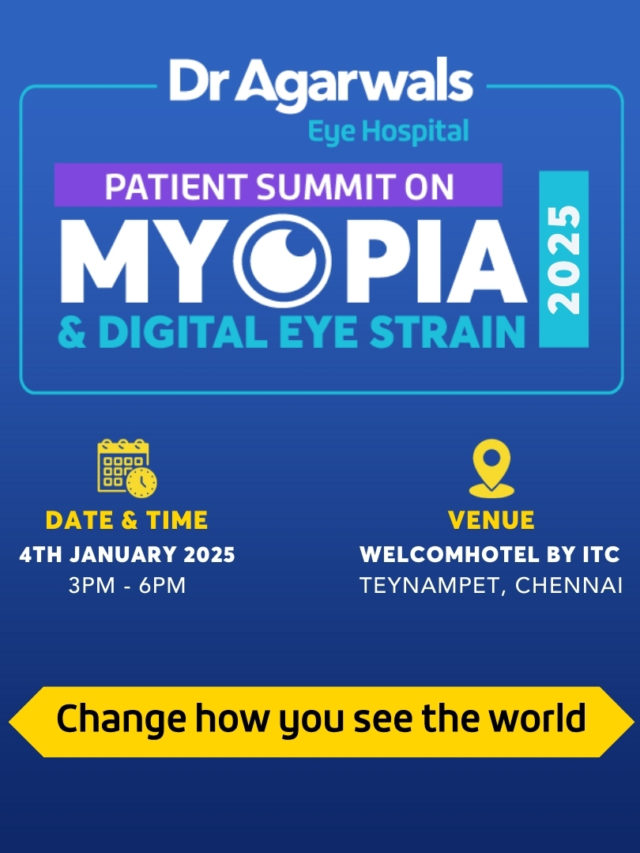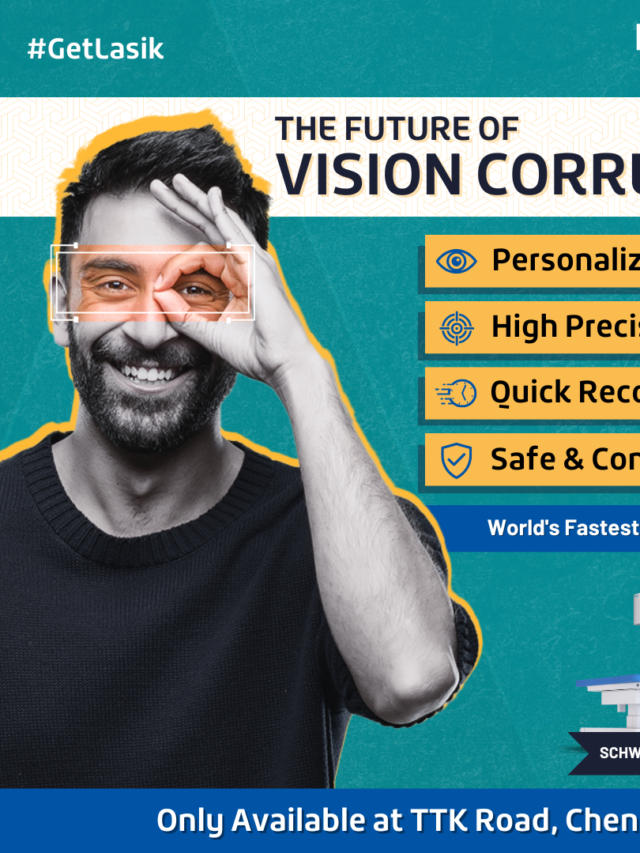Glare from sunlight reflecting off water, roads, or metal surfaces can strain your eyes, distort vision, and even create safety hazards. Polarized glasses, also known as polarized sunglasses, are designed to tackle this issue effectively.
These lenses reduce glare and improve clarity, making outdoor activities safer and more comfortable. Whether you’re driving, fishing, or simply enjoying a sunny day, understanding the benefits of polarized glasses helps you protect your eyes while seeing the world more clearly.
Introduction: Discover the Magic of Polarized Glasses
Polarized glasses or polarized lenses are specially designed eyewear that reduce glare and eye strain caused by reflected light. According to the American Academy of Ophthalmology (AAO), they block horizontally oriented light, improving visibility and safety during outdoor activities.
By filtering glare from surfaces like water, snow, and glass, anti-glare glasses enhance contrast and reduce squinting. These polarized eyewear benefits make them ideal for drivers, athletes, and outdoor enthusiasts.
In short, understanding what polarized lenses can help you make better choices for comfort, safety, and visual performance.
What Are Polarized Glasses?
Definition and Basic Concept
Polarized glasses contain a chemical filter that allows only vertical light waves to pass while blocking horizontal reflections. This mechanism significantly reduces glare from flat surfaces such as water or pavements.
As the AAO describes, the filter works like mini-blinds, blocking specific light angles and allowing you to see more clearly. Although objects may appear slightly darker, they appear sharper and more defined.
This explains what polarisation in sunglasses is and how it differs from standard tinting. The concept of polarized vs non-polarized definitions lies in this selective light-filtration process.
How Polarized Lenses Work
Light travels in multiple directions, but when it reflects off surfaces such as water, snow, or car bonnets, it becomes horizontally polarized. Polarized lenses have vertically aligned filters that block these horizontal waves while allowing vertical light to enter. This reduces glare without dimming overall brightness.
You can imagine this process like looking through a picket fence: vertical slats (the lens filter) let in certain light while blocking unwanted glare. This explains the mechanism of polarized lenses and how they enhance clarity by effectively managing vertical vs horizontal light waves.
Polarized vs Non-Polarized Lenses
Non-polarized lenses reduce overall light but do not eliminate glare, while polarized lenses specifically filter out reflected light to enhance contrast and comfort. Although both may provide UV protection, only polarized sunglasses effectively reduce surface glare.
Polarized vs standard sunglasses provide a noticeable difference in clarity, especially when driving or near water. The main distinction between non-polarized vs polarized glare reduction lies in their selective filtering ability.
Benefits of Polarized Glasses
Reduce Dangerous Glare & Improve Safety
Polarized glasses greatly reduce glare from reflective surfaces, enhancing safety while driving, boating, and participating in outdoor sports. Glare is a significant factor in visual discomfort and accidents.
By reducing reflected light, polarized sunglasses help maintain consistent visibility, particularly during bright daylight or after rainfall. These eye protectors from reflective surfaces make them an essential accessory for road and water safety.
Enhance Visual Clarity & Color
Wearing polarized sunglasses can make the surroundings appear richer, sharper, and more vibrant. They enhance contrast and remove the haze caused by scattered light.
Polarized lenses make the world appear “auto-enhanced,” like an image filter that reduces glare and improves colour accuracy. This improved clarity with polarized sunglasses is particularly noticeable in nature scenes and open environments.
Reduce Eye Strain & Fatigue
Constant exposure to glare causes your eyes to squint and refocus repeatedly, leading to eye strain and fatigue. Polarized glasses alleviate this by filtering out bright horizontal light, allowing the eyes to relax.
People who spend hours driving or outdoors often notice reduced discomfort and clearer vision. These comfortable sunglasses for long wear are particularly beneficial during prolonged exposure to sunlight.
Ideal for Outdoor Activities
From fishing and boating to skiing and cycling, polarized sunglasses are designed for people who love the outdoors. They reduce glare from water, roads, and snow, allowing clearer visibility.
Anglers can see beneath the water’s surface, while drivers gain improved road contrast. These are also the best sunglasses for boating or sports, offering enhanced precision.
Improve Photography & Visual Experiences
Photographers often use camera filters to reduce reflections and boost contrast. Similarly, polarized lenses help the human eye perceive more natural colours and less glare.
Wearing them can feel like viewing the world through a camera filter – richer colours, deeper contrasts, and better detail recognition. This unique benefit links polarized lenses and photography, providing a real-time enhancement of visual experiences.
Disadvantages & Situations to Avoid Polarized Glasses
Night Driving Concerns
While excellent for bright daylight, polarized lenses are not suitable for night driving. They may block too much light, reducing visibility when illumination is already low.
The AAO recommends using clear prescription lenses instead. Avoid polarized lenses for night driving as they can impair visibility in dim conditions.
Digital Screens & LCD Visibility
Polarized lenses can interfere with viewing LCD screens, such as those on car dashboards, ATMs, and smartphones. The screen may appear dark or distorted at certain angles.
Removing the glasses or adjusting the screen tilt can solve this issue. This explains why screens look dark with polarized glasses and why caution is needed when using digital devices with polarized sunglasses.
Not Ideal for Skiing or Spotting Ice
Skiing with polarized sunglasses can reduce your ability to see icy patches because glare helps highlight surface texture. Similarly, drivers on icy roads may miss reflective hazards. Use non-polarized eyewear for such conditions.
Golfers & Reading Greens
Some golfers report that polarized lenses make it harder to judge slopes or textures on greens. However, many still use them for comfort on bright fairways. Simply remove the glasses when putting on for better precision.
Polarisation Does Not Mean UV Protection
Polarisation and UV protection are separate features. A lens can be polarized without blocking harmful UV rays.
Choose sunglasses offering both polarisation and 100% UV protection to ensure complete safety. This distinction between UV protection vs polarisation is vital for eye health.
Who Should Wear Polarized Glasses?
Ideal Users & Occupations
Polarized glasses benefit anyone exposed to bright outdoor conditions – fishermen, boaters, drivers, skiers, and construction workers.
People with light-sensitive eyes or frequent eye fatigue also gain comfort from these lenses. These are the best sunglasses for fishermen and drivers, and polarized lens combinations are highly recommended for glare-heavy environments.
When to Skip or Combine with Other Options
Avoid polarized sunglasses for night driving or reading LCD screens. Many people own both polarized and non-polarized pairs for versatility. This flexibility allows optimal vision in all lighting conditions.
How to Choose the Right Polarized Glasses
Lens Material & Quality
Choose between polycarbonate (lightweight and impact-resistant) or glass lenses (superior clarity). Ensure lenses have a durable polarisation filter and full UV protection. These quality polarized sunglasses offer long-term eye safety and comfort.
Frame Style & Fit
Frames affect comfort and function. Wraparound styles suit boating or sports, while aviators complement casual wear. Prioritise secure fit and lightweight materials for comfort during long use.
Prescription & Specialty Options
Prescription polarized sunglasses are available for distance or multifocal correction. Speciality variations include photochromic polarized lenses that darken under sunlight and mirror-coated polarized glasses for extra glare protection.
Price & Brand Considerations
Quality polarized sunglasses may cost more but provide lasting benefits. Look for certified brands offering both polarisation and UV protection. Comparing price vs quality polarized sunglasses helps ensure value and safety.
Caring for Your Polarized Glasses
Cleaning & Storage Tips
Use a microfibre cloth and approved lens cleaner to prevent scratches. Avoid paper towels and store glasses in a protective case. Proper care prolongs lens life and preserves clarity.
When to Replace Your Lenses
If glare reduction declines or lenses show scratches, it’s time for replacement. Regular eye exams help assess when new sunglasses are needed to maintain visual quality and UV protection.
Conclusion: See the World Clearly With Polarized Glasses
Polarized glasses enhance vision by blocking horizontal glare, improving clarity, and reducing fatigue. They make outdoor activities safer and more comfortable while protecting against bright reflections. However, remember they’re not suitable for all conditions, especially night driving or screen use.
Choose lenses that combine polarisation and 100% UV protection for comprehensive eye safety. By consulting your optometrist and trying different styles, you can experience firsthand the benefits of polarized sunglasses and enjoy seeing the world more clearly.










